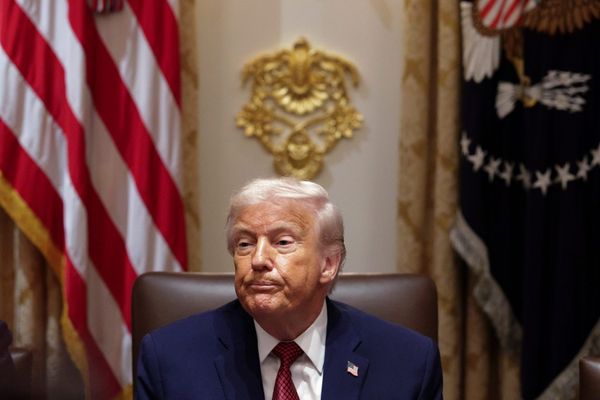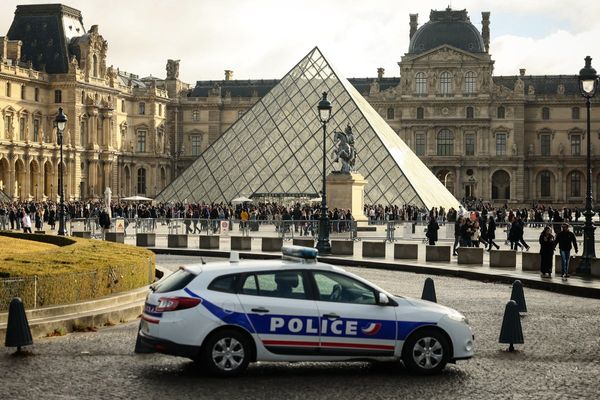
A New South Wales government plan to allow aerial shooting of feral horses in the Kosciuszko national park has been welcomed by environmental advocacy groups that say endangered species need urgent help, even if “no one likes to see animals killed”.
The state’s environment minister, Penny Sharpe, on Monday announced aerial shooting could be added to a suite of measures being used to control the surging feral horse population under proposed changes to the park’s management plan.
Sharpe said it was important for the government to act now to save the biodiversity and threatened species in the Kosciuszko national park before it was too late.
“It’s one of the jewels of our national parks crown but it is in grave danger,” she said on Monday morning.
“Precious ecosystems and endangered native species and their habitats are at risk of extinction due to introduced animals, including wild horses.”
She said the government had an “obligation to save” the more than 30 threatened native species in the park and urged park users, scientists and community leaders for their input over the next month.
Aerial shooting would be used alongside population control methods already in place, including trapping and relocating and ground shooting.
Data released by the NSW government in January showed management actions were failing to control feral horses, with the number of horses increasing by 4,000 over two years.
The government says the most recent official count estimated there are between 14,501 and 23,535 feral horses across the park.
Under the management plan agreed to under the previous government, the number of horses had to be reduced to 3,000 by 2027 through measures including ground shooting.
Sharpe said she had been advised by her department that the government would fail to meet this target if it continued to use the existing population control methods alone.
“I love horses too. But the numbers are too high and we need to find the most humane and sustainable way to get those numbers down so that we can bring the park back into balance,” she said.
However, Sharpe insisted she hadn’t made a final decision on whether or not to implement aerial shooting and wouldn’t until the government carried out a consultation process.
In May, the federal threatened species scientific committee warned a Senate inquiry that feral horses “may be the crucial factor that causes final extinction” of six critically endangered animals and at least two critically endangered plants.
The new government proposal was swiftly welcomed by environmental advocacy groups, including the Invasive Species Council.
Council advocacy manager, Jack Gough, said all available tools needed to be considered in the fight to protect threatened species.
“No one likes to see animals killed, but the sad reality is that we have a choice to make between urgently reducing the numbers of feral horses or accepting the destruction of sensitive alpine ecosystems and habitats, and the decline and extinction of native animals,” he said.
“If we want to protect the Snowy Mountains, headwaters of the mighty Murray, Murrumbidgee and Snowy rivers and home to more than 50 threatened species like the corroboree frog and mountain pygmy possum, then we need to dramatically reduce feral horse numbers now.”
The Greens also support the proposal.
“It is heartbreaking that the feral horse issue in Kosciuszko NP has become so bad that culling is the only option, but it is an action that should be available if necessary and the experts are telling us it is now necessary,” Greens environment spokesperson, Sue Higginson, said.
But Australian Brumby Alliance president, Jill Pickering, raised concerns about the welfare of animals if they were shot from above and not checked quickly afterward.
“We don’t like aerial shooting at all because it’s so easy to leave an animal maybe paralysed but not dead on the ground,” she said.
“Without the ground follow-up to humanely put them out of their misery straight away, it’s not a good option.”
She also had concerns that 3,000 was too small of a population and would like the government’s goal increased to 4,000.







